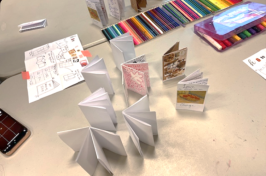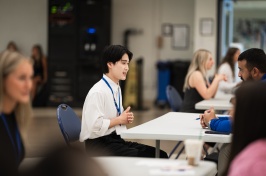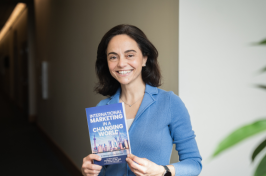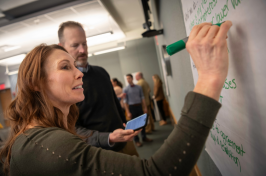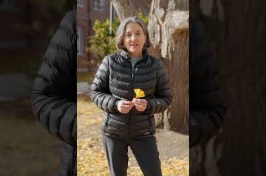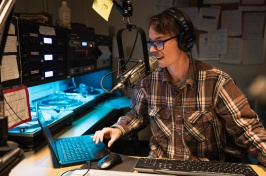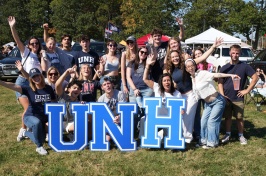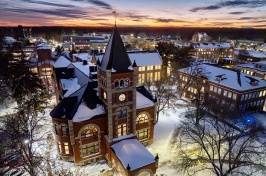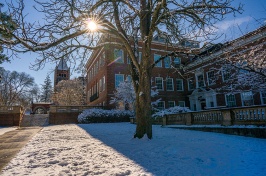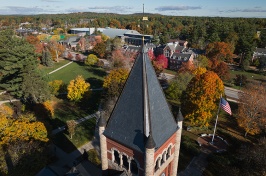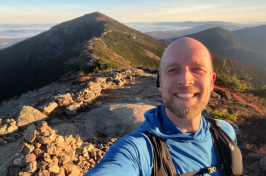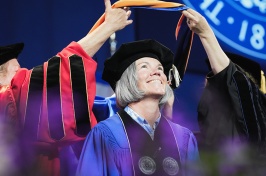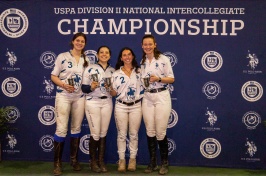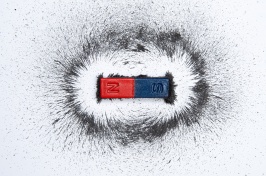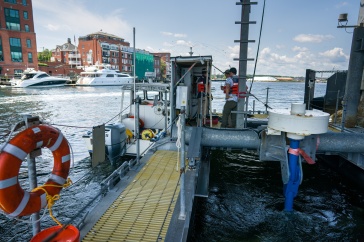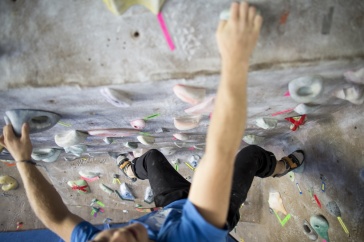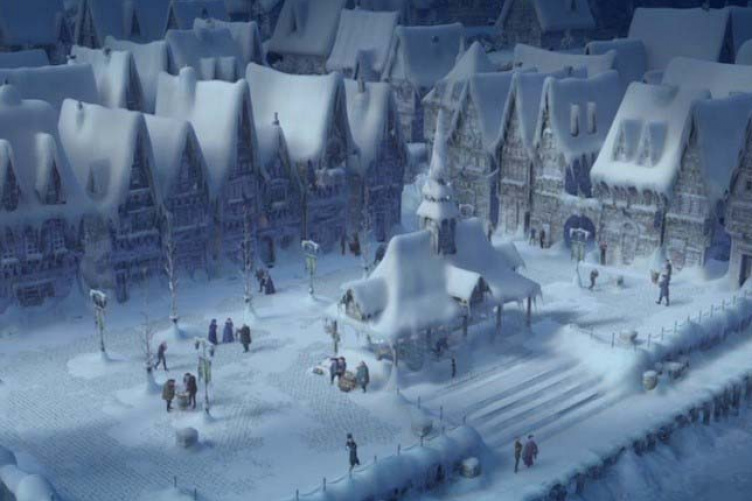
This spring, three senior engineering majors took a unique perspective on “Frozen,” pitting magic against reality for their final Snow Hydrology course paper. The students – Abby Davis ’14, Jessica Constant ’14, and Scottish exchange student Liam O’Brien – probed the science behind the “deep, deep, deep, deep … snow” of Arendelle and North Mountain, looking at its depth, properties, and melting power.
Their findings? “The film’s not necessarily wrong, just maybe exaggerated,” says Davis.
Some of the animation aligned with science. Despite the dump of nearly 20 feet on North Mountain in the film, avalanche danger would have been limited, they found, because the snow pack stayed uniform in the three short days between the blizzard and Elsa’s love-fueled melt. And the temperatures inferred in the film would be cold enough to create Elsa’s ice castle, which was modeled on an ice hotel in Quebec.
Yet the chilly 21 degrees Fahrenheit would have had a much greater impact on her soggy, snow-covered sister Anna, realistically causing “Anna to do a lot more than shiver for a second in her party dress and slippers. From being wet Anna should have been shivering convulsively,” the students wrote.
In the film’s climax, it takes just 45 seconds for Elsa’s love to thaw a frozen Arendelle. The students executed a complex analysis of melting to discern that energy far greater than the sun could ever provide would be necessary for such a rapid melting of 15 inches of snow.
“Elsa’s magic would have to be pretty great to melt all that snow in 45 seconds,” says Davis.
The project got high marks from the instructor, professor of civil engineering Jennifer Jacobs, who developed the new course as part of a grant from NASA. “They did a really nice job of taking apart all the parts of the movie and looking at what’s realistic,” she says. “All the theory and work that we’d done during class was in there.”
Learning the science behind their favorite film did not disillusion the students, who came up with the idea and execution for the project on their own. “It’s slightly unrealistic, but it’s a good movie,” says Davis.
-
Written By:
Bridget Finnegan | Communications and Public Affairs | bridget.finnegan@unh.edu | 603-862-1465

